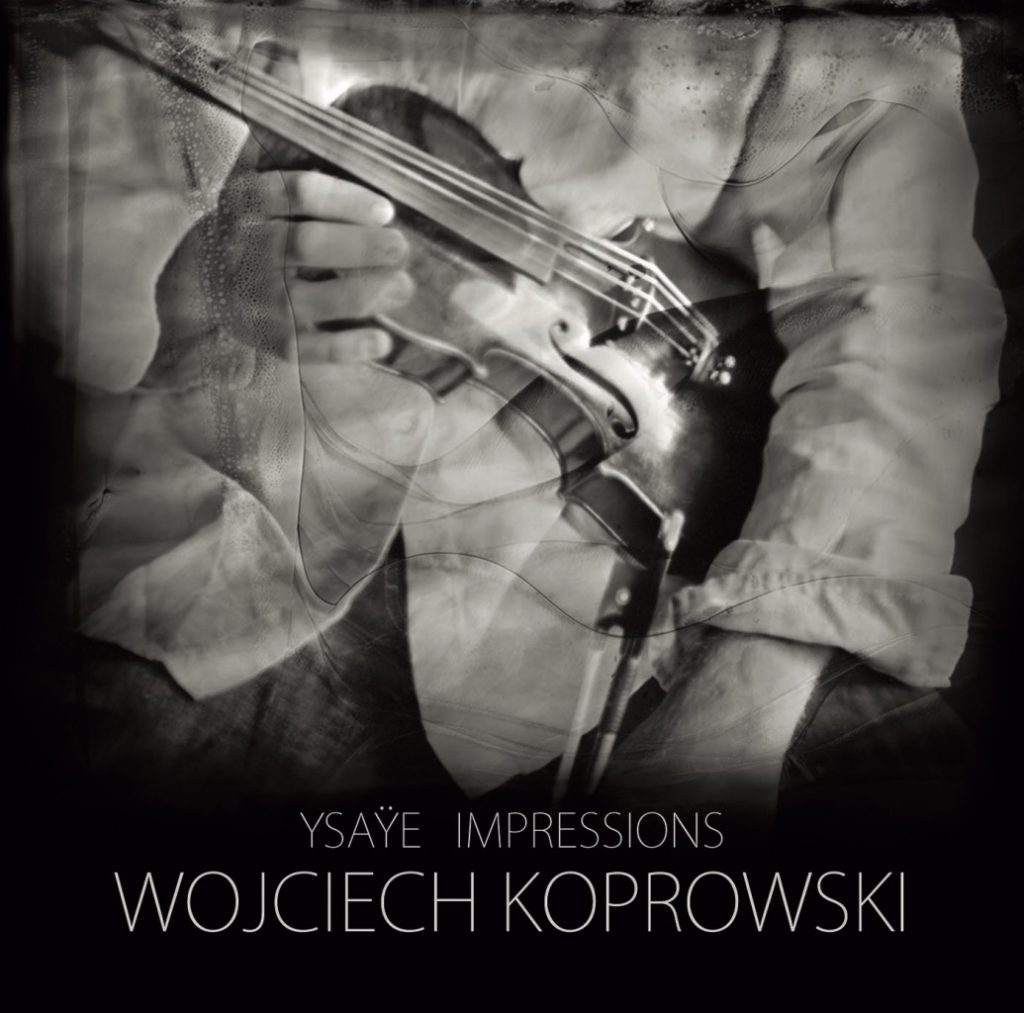
Ysaye Impressions - W. Koprowski
The cycle of six Sonatas for solo violin Op. 27 is one of Eugène Ysaÿe’s greatest accomplishments in the field of composition. The impulse for writing this cycle – unprecedented in many ways – came from the Bach recital of a young Hungarian violinist, Joseph Szigeti. In a relatively short period in July 1923, during his stay on the Belgian coast, Ysaÿe completed his sonatas and dedicated each of them to a different young violin virtuoso. Opus 27 (which directly drew on the idea of Bach’s Sonatas and Partitas for solo violin) was a great homage to the music of Johann Sebastian Bach, presented, naturally, in the modern language of 20th-century music. The violin technique explores the technical limits of this instrument. Tonal and harmonic invention, liberated from the limitations of the major-minor system, delights with originality and unconventional approach, and the form (in one to four parts) brings to mind the free domain of improvisation. All those aspects combine into an organic whole which renders his Sonatas Op. 27 totally unique and makes each of them individually recognisable right from the very first bar.
Even more importantly, the composer does not repeat any of the models used in the individual Sonatas. Possibly this approach resulted from his idea of dedicating the pieces to musicians who represented highly individual qualities, or, in other words, of creating a distinct portrait for each of those six violinists. What unites these six pieces into a whole becomes, on a higher level, a grand self-portrait of their author. It was also in this way that Joseph Szigeti interpreted the Sonatas Op. 27 – as an attempt at recording the “elusive performance style” of Eugène Ysaÿe himself. In comparison with his other compositions, the Sonatas genuinely represent his extraordinary imagination and visionary way of thinking about violin play.
Marcin Majchrowski
(The Polish Radio)
Translation: Tomasz Zymer
Reviews:
MusicWeb
EUGÈNE YSAŸE (1858 – 1931)
Sonatas for violin solo Op. 27
Sonata in G minor No. 1
1. Grave. Lento assai 4:25
2. Fugato. Molto moderato 4:29
3. Allegretto poco scherzoso. Amabile 4:39
4. Finale con brio. Allegro fermo 2:52
Sonata in A minor No. 2
5. Obsession: Prelude. Poco vivace 2:36
6. Malinconia: Poco lento 2:43
7. Danse des ombres: Sarabande. Lento 4:20
8. Les Furies: Allegro furioso 3:14
Sonata in D minor No. 3
9. Ballade: Lento molto sostenuto – Molto moderato quasi lento – Allegro in tempo giusto e con bravura – Tempo poco più vivo e ben marcato 7:20
Sonata in E minor No. 4
10. Allemande. Lento maestoso 5:22
11. Sarabande. Quasi lento 3:13
12. Finale. Presto ma non troppo 3:13
Sonata in G major No. 5
13. L’Aurore: Lento assai 3:38
14. Danse rustique: Allegro giocoso molto moderato – Moderato amabile – Tempo primo – Poco più mosso 5:18
Sonata in E major No. 6
15. Allegro giusto non troppo vivo – Allegretto poco scherzando – Allegro. Tempo primo 7:01
Total time 65:01



